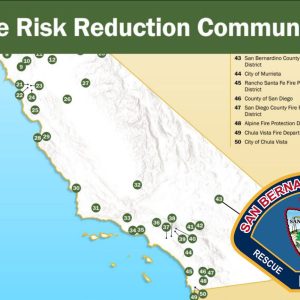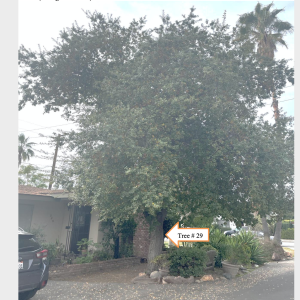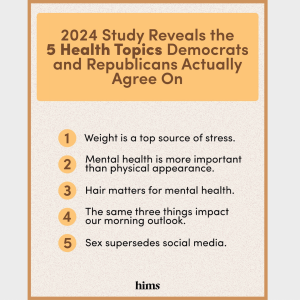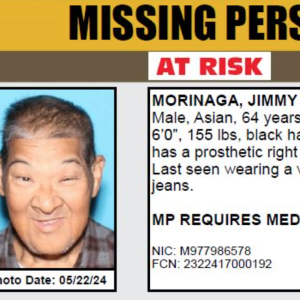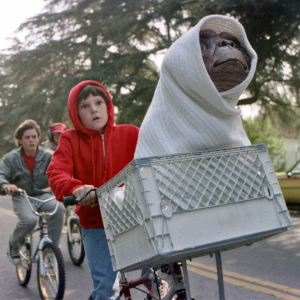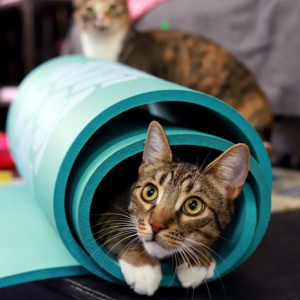 View Winners →
View Winners → 
The Riverside County Board of Supervisors approved two resolutions authorizing the Department of Animal Services to conduct campaigns to help street cats survive and stay out of county shelters.
Animal Services Director Erin Gettis told board members that in an attempt this year to reduce the more than 32,000 animals that entered the county shelter system in 2023, “these two resolutions (are meant) to reduce our intake of healthy cats.”
The first unanimously approved resolution established a “trap-neuter-return” protocol for free-roaming, feral or stray cats.
Gettis noted the policy’s alignment with similar approaches by the city and county of Los Angeles.
LA officials “recognized that healthy stray and lost cats deserve to remain where they are without admission to a shelter,” Gettis said.
With the “trap-neuter-return” policy, healthy cats caught on the street by residents and turned over to volunteers from nonprofit animal rescues or animal control officers will be spayed or neutered, given the rabies vaccine and tagged to identify them as having been treated by county veterinarians.
After the captured felines have recovered from their surgeries, the new policy directs officials to release the cats back to the environment from which they came. Cats with injuries or health issues that jeopardize their survival on the streets will be housed at a shelter instead of being released.
“Less than 2% of cats coming into Riverside County shelters are reclaimed by their owner,” according to the trap-neuter-return resolution. “Statistics show lost cats are 13 times more likely to be reunited with their owners through non-shelter means … more than 60% return home on their own.”
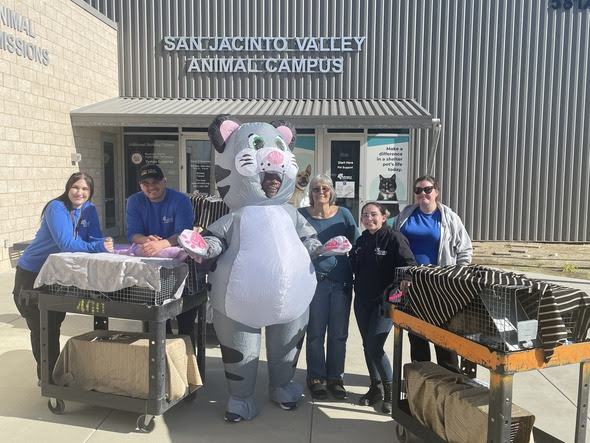
Releasing the cats instead of impounding them at a shelter will free up Animal Services resources to provide better care for cats and other needy animals, according to the department.
“This approach will free critical staff time and be more economical, allowing shelters to focus more on increasing adoption rates and improving shelter conditions,” according to the agency.
Over 10,000 cats were placed in shelters countywide in 2023, and a large but unspecified number had to be euthanized, officials said, adding that the majority of feral or longtime street cats are not suited for adoption.
The second resolution supervisors approved Tuesday gave the county’s official recognition to the “5,000 Cat Challenge,” an initiative that Animal Services launched last month. The effort is designed to work in conjunction with the trap-neuter-return directive, aiming to spare the lives of 5,000 more felines in 2024 than the total number saved in 2023,” according to the agency.
County veterinarian Dr. Kim Youngberg said the Cat Challenge is intended to prevent cats from being euthanized “at a time when our shelters are extremely overcrowded with lost pets and strays.”
Youngberg added, “The longer an animal languishes in the shelter system, the more at risk it is of not having a live outcome.”

The Cat Challenge requires county officials to work with rescue organizations in an effort to increase opportunities for pet adoption.
“Residents and rescue organizations are encouraged and needed to support the ‘5,000 Cat Challenge’ through involvement in activities such as adoption, fostering, volunteering, and trap-neuter-vaccinate release assistance,” according to the department.
One Riverside County resident, identified only as Theresa, spoke against the resolutions. She said the county’s goal of refusal to accept healthy felines at shelters will lead to people abandoning their cats and as a result could significantly increase the number of strays.
“You may worsen the problem of unwanted cats in communities,” she said. “Saving 5,000 cats is akin to a publicity move to appease the animal lovers who fail to think with qualitative logic. Just because the animal doesn’t enter through the shelter door doesn’t mean the problem is solved.”
The challenge will attempt to replicate the national “Million Cat Challenge” that began in 2014. That effort has resulted in over a million cats nationwide being spared from euthanasia over a five-year period, organizers said.
Information on adoption and fostering cats and other animals is available online at https://rcdas.org.
City News Service contributed to this report.





























































